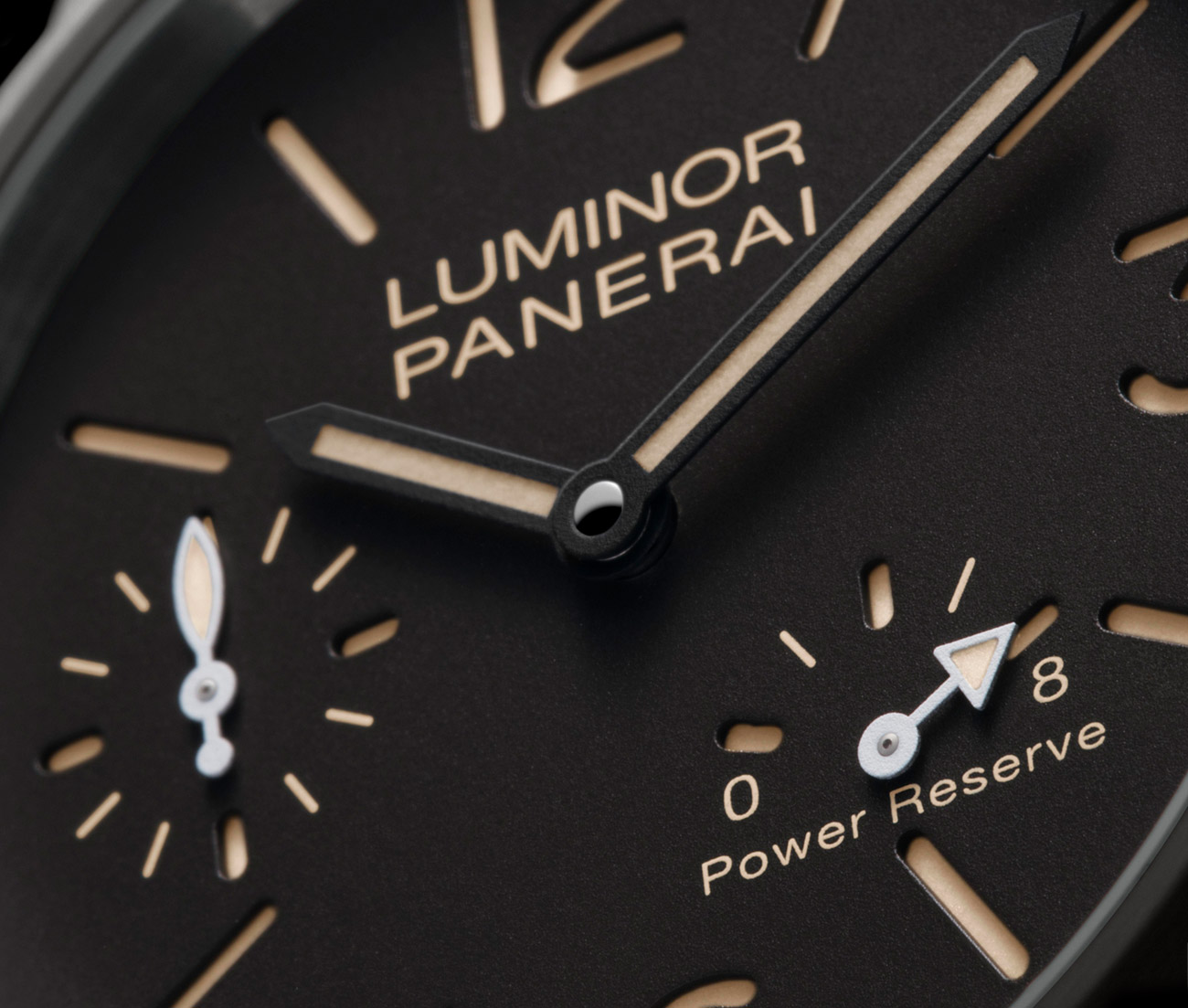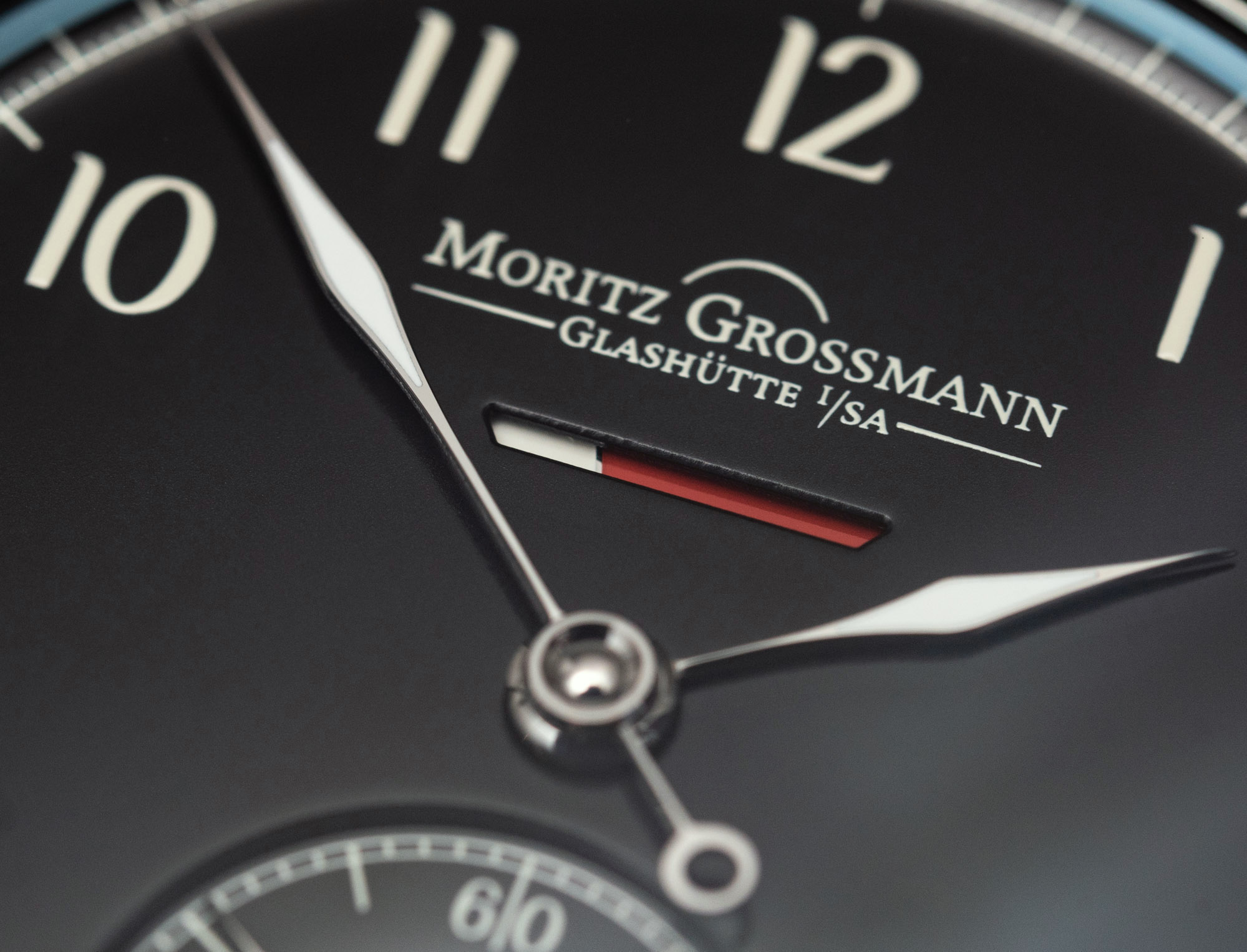 Wait a Minute! is a new column that delivers quick reads meant to stimulate conversation.
Wait a Minute! is a new column that delivers quick reads meant to stimulate conversation.
Let’s be practical: No one needs a power reserve beyond 38 hours on a mechanical watch. That seems to be the industry minimum these days, with a scant few clocking in at 36 and lower reserves being vanishingly rare. There are plenty of people — myself included — who have and will continue to criticize the use and existence of movements that deliver anything under 40-42 hours. But let me use Sellita as an example to clarify why I do this. Sellita’s SW200 (and in turn ETA’s 2824-2) shouldn’t have a 38-hour power reserve not because such a reserve poses an actual problem, but rather because it is lower than every other high-quality, mass-produced movement available. La Joux-Perret’s three-hand movements start at 50 hours, Miyota doesn’t offer anything under 42, and Fossil-owned STP won’t sell you anything less than a 40. Sellita itself upgraded the power reserve of its SW300 family (a move that makes the SW200 seem purposefully inferior just so that brands will fork over the extra cash for the SW300).
While we often nitpick lower power reserves, it’s less common that we point out the inane one-upmanship inherent in power reserves that are measured in days or weeks instead of hours. But what person do you know that is even aware of Panerai that actually needs an 8-day power reserve? I can pose the same query about Oris and the Caliber 400’s 5-day reserve. What need is there for these extended power reserves? There isn’t a need, because it’s about bragging, not practicality or necessity.

You may argue that manual-wind watches need longer power reserves. But they don’t; they need power reserve indicators. The problem isn’t that they wind down — barring exceptional vigilance, they will always wind down at some point — the problem is that we don’t know when they will wind down. A power reserve indicator, not a longer power reserve, solves that problem. And never mind perpetual calendars (most of which don’t even bother with a power reserve indicator) — just put them on watch winders.
The reality is that there aren’t any realistic watch-wearing routines that necessitate watches that run for more than a day and a half. If you only own one watch, it is either winding itself all the time or, if manual, you’re keeping it wound. Who wouldn’t simply wind it up each day, if only so they don’t have to remember when to wind it? If you have more than one watch, you almost certainly wear them in rotation, and unless you put every last one on a winder, they will wind down before you wear them again. Power reserves aren’t infinite, and until they are, watches winding down will be an unavoidable part of owning them. After all, isn’t the routine of winding and setting part of the charm and pleasure of owning these things? And for those who simply can’t cope, there’s always quartz.

